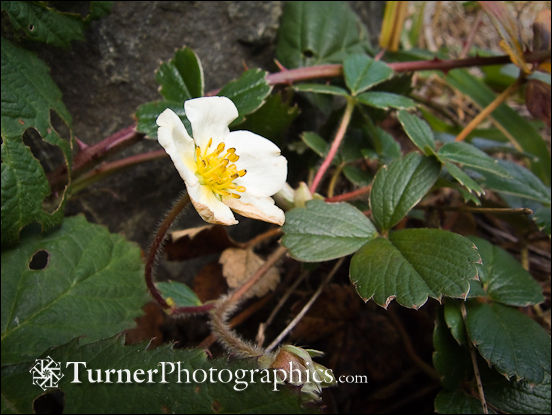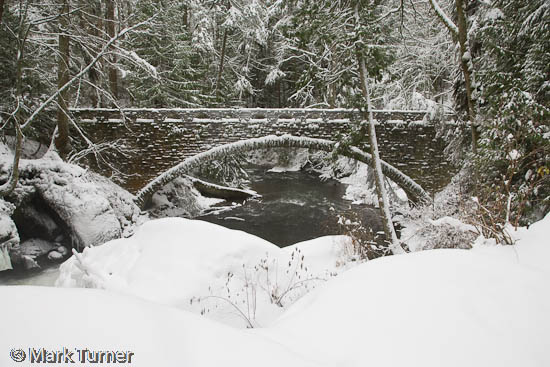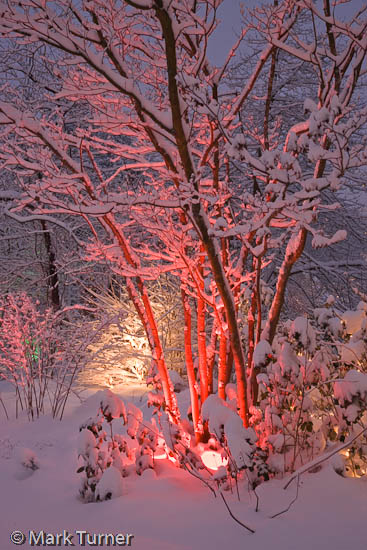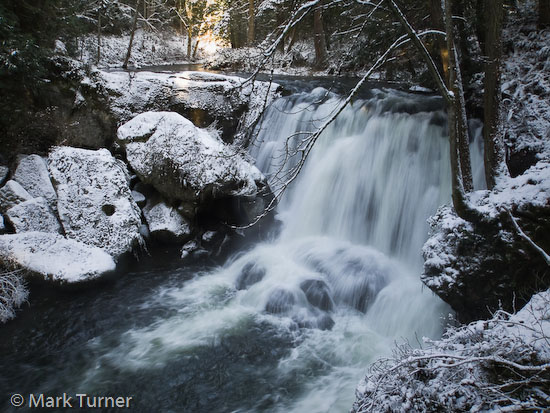More Buds
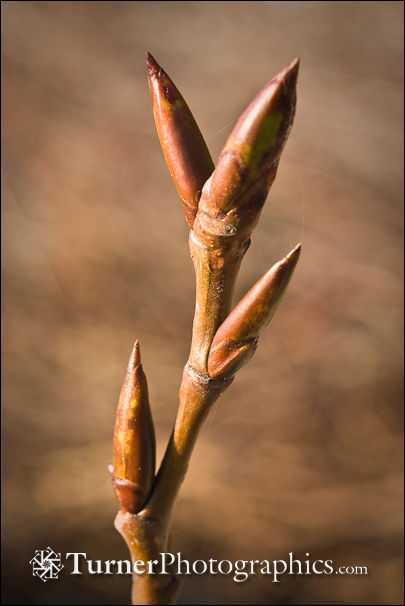 On our walk to Little Squalicum Beach last weekend Natalie and I looked at more than just the willow buds I included in the previous post.
On our walk to Little Squalicum Beach last weekend Natalie and I looked at more than just the willow buds I included in the previous post.
This one is Black Cottonwood, Populus balsamifera ssp. trichocarpa. The buds are quite a bit larger than the willow buds and slightly resinous. That is, when you feel them they’re a little bit sticky. You can see that the terminal bud, the one at the end of the twig, is considerably larger than the others. There’s no scale in the photo, but these are substantial buds — over 12mm (1/2 inch) long. Another point in the key is that the lowest bud scale is directly above the leaf scar.
Black Cottonwood is common along streams and in moist areas of lowland forests west of the Cascades. The name, cottonwood, comes from the masses of white cotton-like fluff attached to the minute seeds later in the spring. Sometimes the ground will be covered with cottonwood fluff, looking a lot like a thin covering of snow. But for now we just have to enjoy the buds on low branches of this tall tree.
The background here almost looks like a painted studio background, but it’s just a bunch of dry grasses and shrub stems very out of focus behind the cottonwood twig. The twig is close to the camera and the background is much farther away.
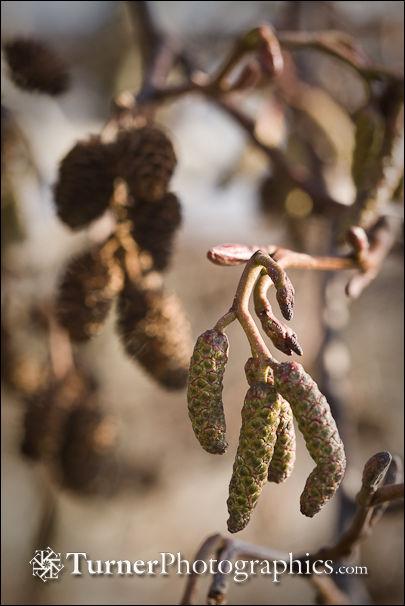 Perhaps the most common deciduous tree in our lowland forests is Red Alder, Alnus rubra. It establishes quickly on disturbed sites and is an important species because it is a nitrogen fixer. That is, it takes nitrogen from the air and with the cooperation of symbiotic fungi on its roots, adds it to the soil in a form other plants can use.
Perhaps the most common deciduous tree in our lowland forests is Red Alder, Alnus rubra. It establishes quickly on disturbed sites and is an important species because it is a nitrogen fixer. That is, it takes nitrogen from the air and with the cooperation of symbiotic fungi on its roots, adds it to the soil in a form other plants can use.
Red Alder is another early blooming tree, but these buds are still closed tight. You can see the dry “cones” from last year behind the catkins. They’re not true cones like you find on conifers, but they resemble them.
Alders, like other members of the birch family, bear separate male and female flowers on the same tree. The catkins here will be male flowers, which open bright yellow and will hang 2-3 inches long. The smaller female flowers will become the cones. You can see the female buds just above and behind the male catkins.
Both of the willow and alder buds were photographed with a 100mm macro lens. For the cottonwood my camera was on a tripod and I carefully controlled the composition, working with a broken branch that I placed in a convenient location with a neutral background. The alder was photographed on the tree while I was standing on the steep hillside. I don’t usually employ autofocus with my macro lens, but with both me and the branch moving around I couldn’t keep up focusing by hand. I shot a lot of frames and tossed out the ones that weren’t sharp. That’s not my usual procedure with plants, but sometimes it’s the only thing that works.


 The Pacific Northwest is home to many species of willow. Some are shrubby, some grow to be fairly substantial trees, and some can be either a shrub or a tree depending on where they’re growing.
The Pacific Northwest is home to many species of willow. Some are shrubby, some grow to be fairly substantial trees, and some can be either a shrub or a tree depending on where they’re growing.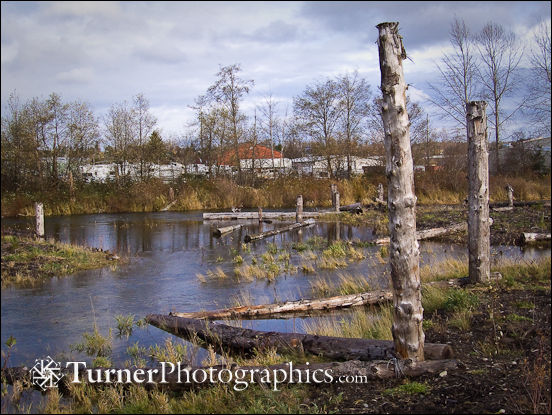
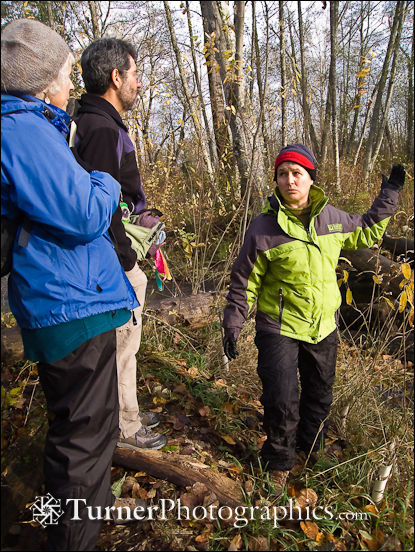 Vikki Jackson was our tour leader. She’s seen here explaining about an older man-made wetland pond constructed several years ago to provide wildlife habitat.
Vikki Jackson was our tour leader. She’s seen here explaining about an older man-made wetland pond constructed several years ago to provide wildlife habitat.

